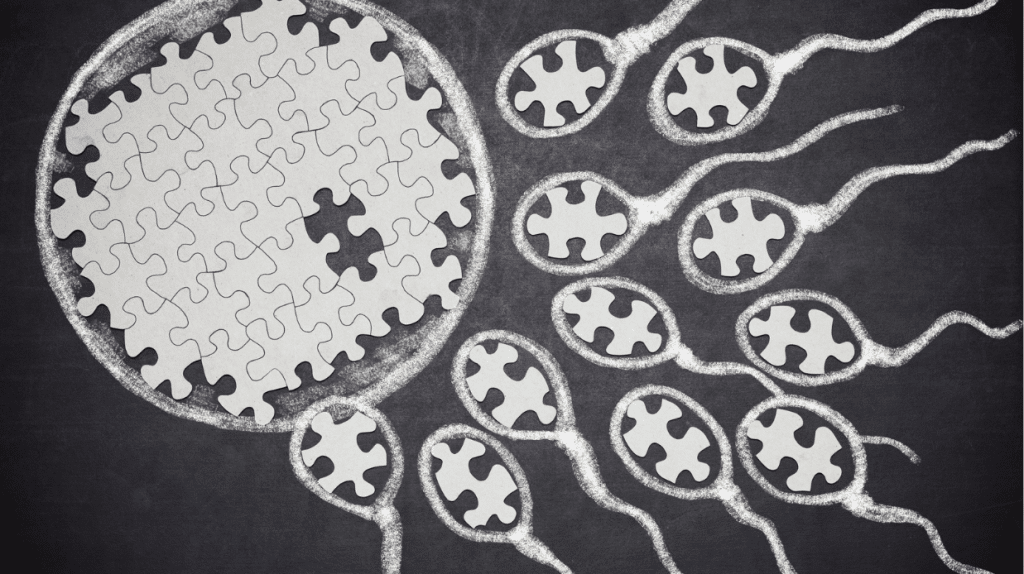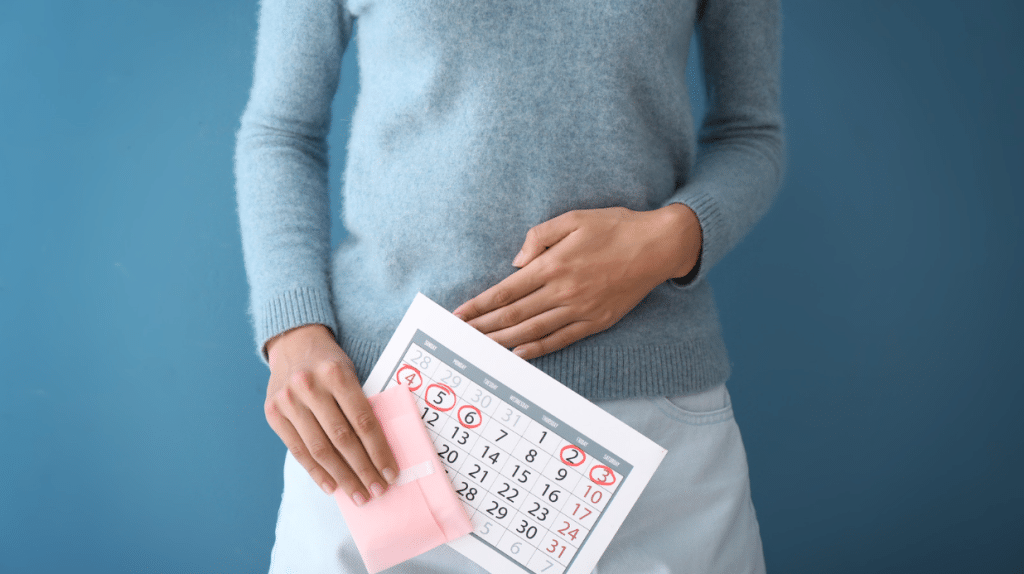Fertility Calendar
If you’re trying to get pregnant, there are a lot of things to consider – when to have sex, how often to have sex, and which days of your cycle are most fertile. One way to keep track of your cycle is to use a fertility calendar.
A fertility calendar is a tool that can help you predict when you ovulate – the time of the month when you’re most likely to conceive. By tracking your cycle and knowing when you ovulate, you can increase your chances of getting pregnant.
There are a lot of different fertility calendars out there. Some are very simple, while others are more complex. Some use only your last menstrual period (LMP) to calculate your fertility window, while others also take into account other factors like your body temperature or cervical mucus.
To use a fertility calendar, you’ll need to input some information about your cycle. This includes the date of your last period, the average length of your cycle, and the length of your luteal phase (the time between ovulation and your next period). With this information, the calendar can predict when you’re likely to ovulate and when your most fertile days are.
If you’re trying to get pregnant, a fertility calendar can be a helpful tool. By tracking your cycle and knowing when you ovulate, you can increase your chances of conceiving.

This fertility calendar calculator can help you to determine the best time to conceive
If you’re trying to get pregnant, there are a few things you can do to increase your chances of conceiving. One of them is to use a fertility calendar.
A fertility calendar can help you to determine the best time to conceive by tracking your menstrual cycle and predicting when you’re ovulating. By knowing when you’re ovulating, you can increase your chances of conceiving by having sex during your most fertile days.
There are a few different ways to use a fertility calendar. You can use a paper calendar, an online tool, or an app. Whichever method you choose, you’ll need to track your menstrual cycle for a few months so that you can accurately predict when you’ll ovulate.
Once you’ve been tracking your menstrual cycle for a few months, you can start using the fertility calendar to predict when you’re most likely to conceive. Most fertility calendars will give you a range of days that you’re most likely to ovulate.
To increase your chances of conceiving, you can have sex during your most fertile days. You can also use other fertility treatments, such as in vitro fertilization, during your most fertile days.
If you’re not able to conceive after a few months of trying, you should talk to your doctor. They can help you to determine if there’s a problem with your reproductive health.
By inputting the first day of your last period, the average length of your cycle and your luteal phase, this calculator can generate a personalized fertility calendar just for you
If you’re trying to conceive, tracking your fertility can help you better understand your body and when you’re most likely to ovulate. This ovulation calculator can create a personalized fertility calendar just for you, based on the first day of your last period, the average length of your cycle, and your luteal phase.
Inputting this information can help you better pinpoint when you’re ovulating each month, and also give you a better idea of when you’re most fertile. This can be helpful in trying to conceive, as timing intercourse around your ovulation can increase your chances of getting pregnant.
Of course, every woman is different and there can be no guarantee that you will conceive even if you perfectly time intercourse around your ovulation. However, tracking your fertility can give you a better understanding of your body and may help increase your chances of conceiving.
This fertility calendar is a great tool to use if you are trying to conceive and want to increase your chances of success
If you are trying to conceive, a fertility calendar can be a great tool to help you increase your chances of success. This type of calendar can help you track your ovulation cycle and predict when you are most likely to conceive. There are a variety of fertility calendars available online, so you can find one that best suits your needs. By tracking your ovulation cycle and using a fertility calendar, you can increase your chances of conceiving and having a healthy pregnancy.

This fertility calendar calculator can help you to time intercourse perfectly with your ovulation cycle
If you are trying to conceive, you may have heard that timing intercourse around your ovulation cycle can improve your chances of getting pregnant. But what does that really mean?
Ovulation is the process of an egg being released from the ovary, and it usually occurs about halfway through your menstrual cycle. Your menstrual cycle is the number of days from the start of your last period to the start of your next period.
If you have a regular 28-day cycle, you will ovulate around day 14. But not everyone has a regular cycle, so it can be hard to know exactly when you ovulate. That’s where a fertility calendar comes in.
A fertility calendar is a tool that can help you keep track of your ovulation cycle. There are many different ways to create a fertility calendar, but they all basically involve tracking your menstrual cycle and then predicting when you will ovulate based on that information.
Some fertility calendars use a simple mathematical formula to predict when you will ovulate. Others use more complex algorithms that take into account factors like your body temperature or the thickness of your cervical mucus.
No matter which method you use, a fertility calendar can give you a good idea of when you are likely to ovulate. This can help you time intercourse around your ovulation, which can improve your chances of conceiving.
If you are charting your basal body temperature, this fertility calendar can help you to predict when you will ovulate
If you are charting your basal body temperature (BBT), this fertility calendar can help you predict when you will ovulate. The BBT method is a way to track your ovulation by taking your temperature every morning before you get out of bed. Your temperature will rise slightly when you ovulate.
To use the fertility calendar, find the first day of your last menstrual period (LMP) on the left side of the chart. Then, count forward to today’s date. The number you land on is the day you are most likely to ovulate.
For example, if your LMP was on March 1, and today is March 10, you would count forward 9 days. This means that you are most likely to ovulate on March 10.
If you have a regular 28-day cycle, you will ovulate around day 14. However, if your cycle is longer or shorter than 28 days, your ovulation date will be different.
The fertility calendar is a helpful tool, but it is not perfect. Your ovulation date can vary from month to month, and you may not ovulate on the day the calendar predicts.
If you are trying to conceive, you can increase your chances of success by having sex around the time you ovulate. You may also want to use an ovulation predictor kit (OPK) to confirm that you are ovulating.

This fertility calendar can help you to determine the best time to take a pregnancy test
If you’re trying to get pregnant, you might be wondering when the best time to take a pregnancy test is. The answer can vary depending on your individual circumstances, but there are a few things to keep in mind that can help you determine the best time for you.
First, it’s important to remember that pregnancy tests can only be taken after you’ve missed your period. If you’re not sure when your next period is due, you can use a fertility calendar to help you keep track.
Another thing to keep in mind is that pregnancy tests are most accurate when taken first thing in the morning. This is because your urine is more concentrated at this time, making it easier for the test to detect the pregnancy hormone.
Finally, it’s a good idea to take a pregnancy test at least a week after you think you may have ovulated. This will give the pregnancy hormone time to build up in your system so that the test can detect it.
If you follow these tips, you should be able to determine the best time to take a pregnancy test for you.
